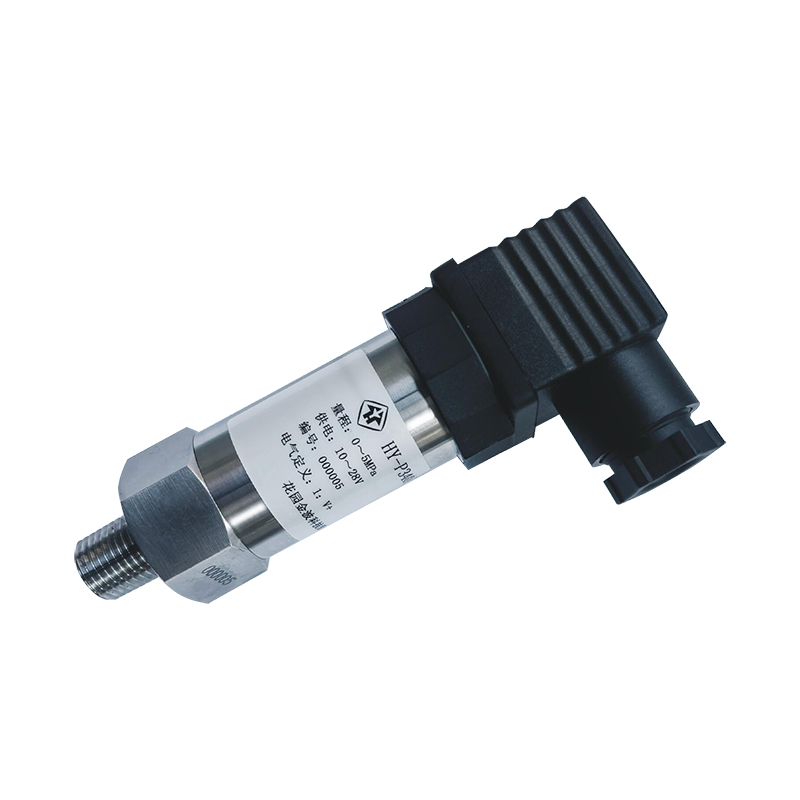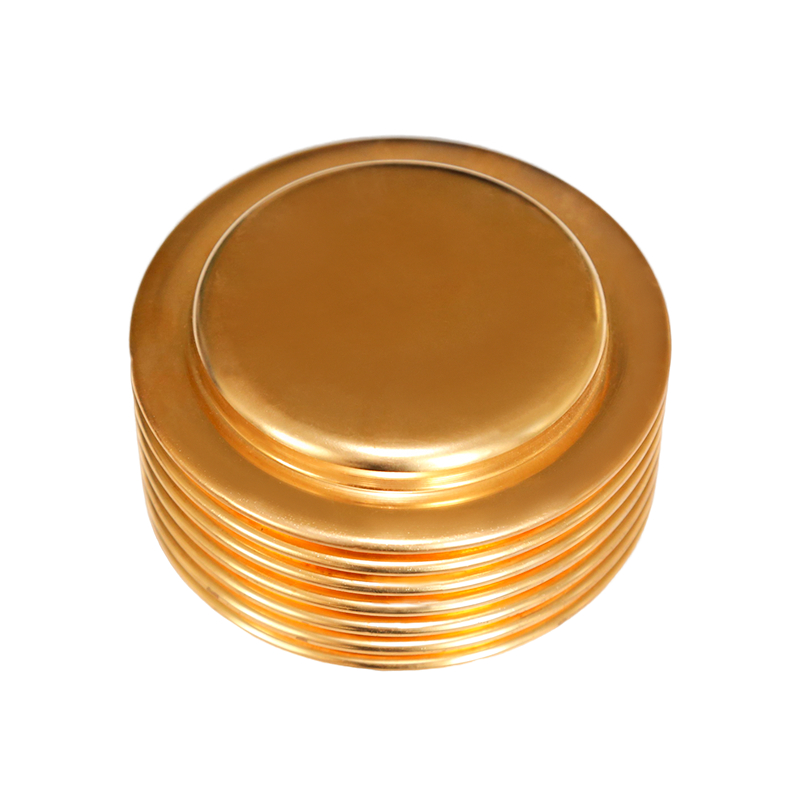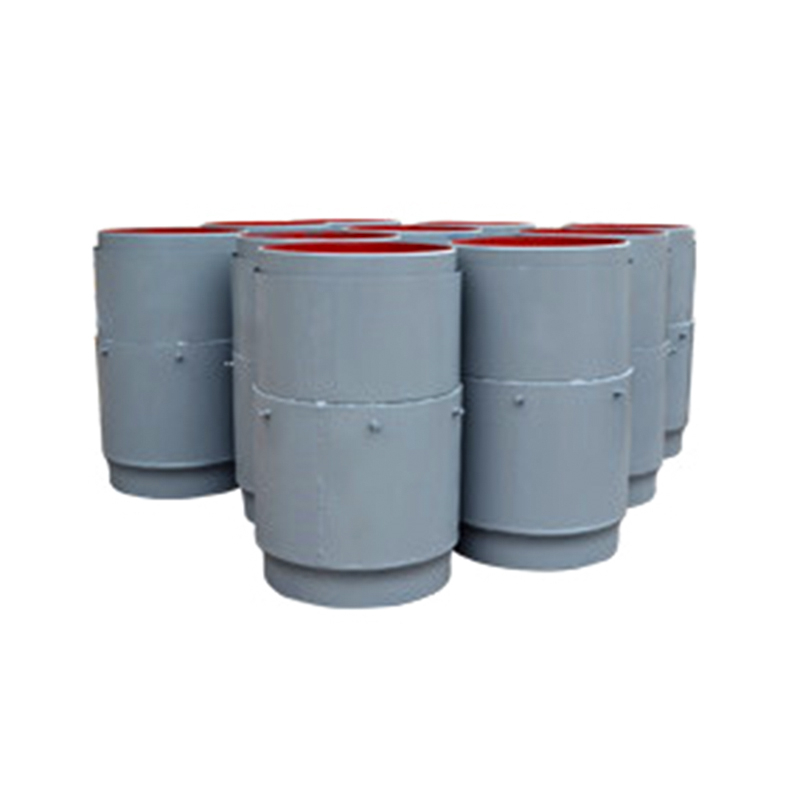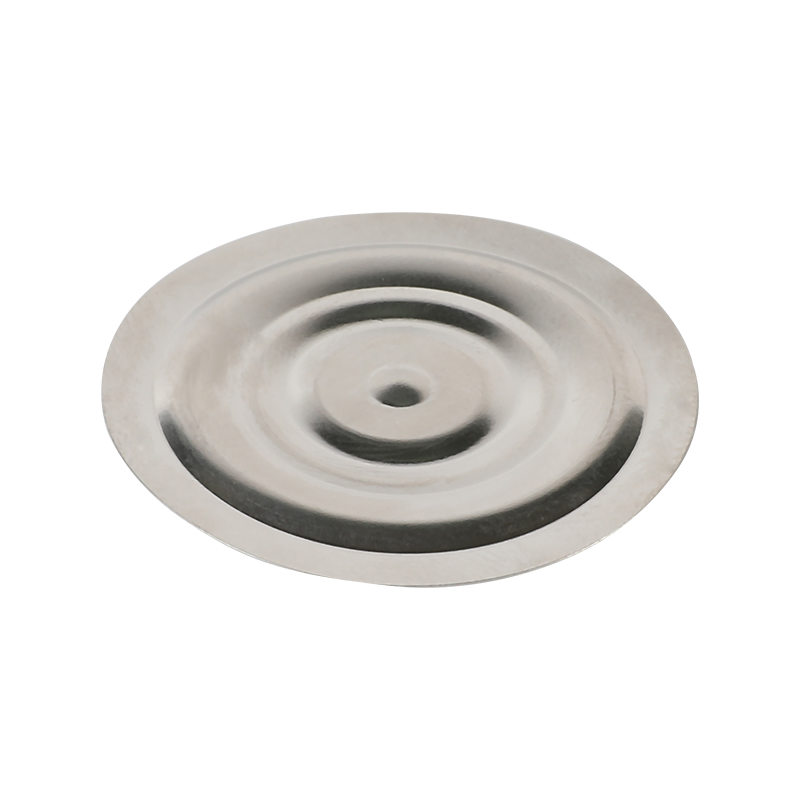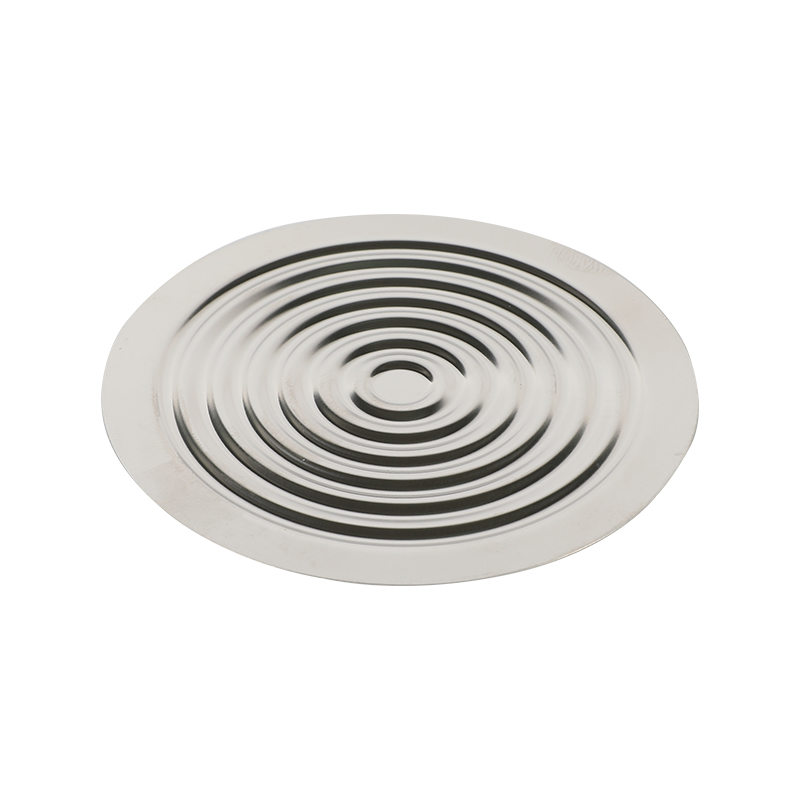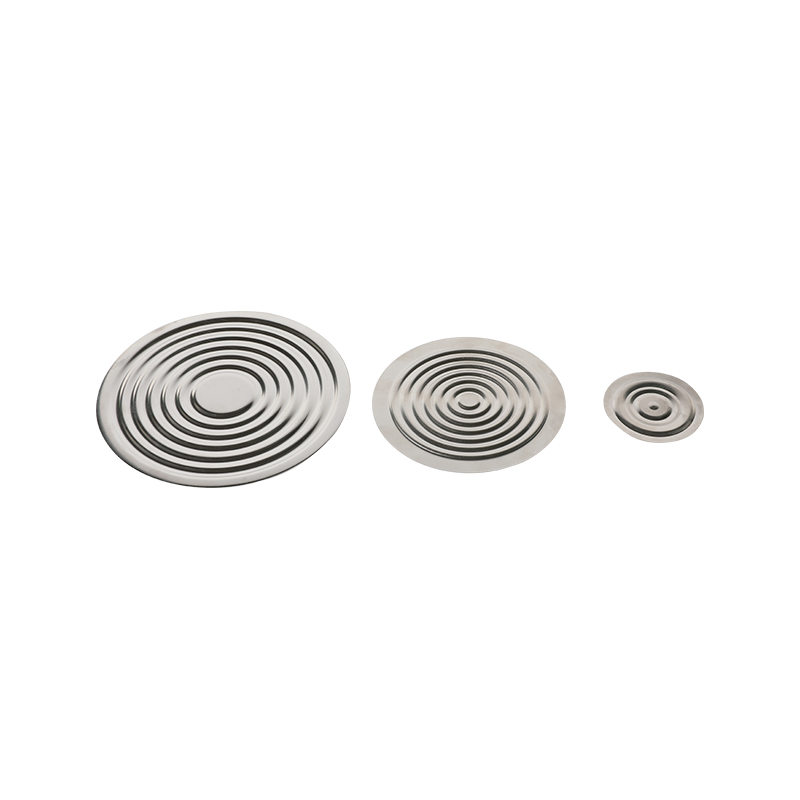Cheap Design High Quality Corrugated Metal Diaphragms in China
Corrugated metal diaphragms are integral components in modern construction, valued for their structural integrity, flexibility, and durability. These diaphragms consist of corrugated metal sheets that provide strength and stability across large structural surfaces, offering various applications in diverse construction projects.
Corrugated metal diaphragms are typically composed of thin sheets of metal, often aluminum or steel, that are corrugated to enhance their strength and load-bearing capacity. The corrugations, which are wave-like patterns pressed into the metal, increase the surface area and stiffness of the diaphragm while reducing overall weight. This structural design enables corrugated metal diaphragms to withstand lateral forces, such as wind and seismic loads, effectively distributing stresses across building structures.
Corrugated metal diaphragms find widespread applications in both residential and commercial construction projects. They are commonly used as roofing panels, wall cladding systems, and floor decking in buildings where structural stability and weather resistance are essential. Additionally, corrugated metal diaphragms serve as formwork in concrete construction, providing temporary support and shaping for poured concrete elements.
The use of corrugated metal diaphragms offers several advantages in construction:
Strength and Durability: Corrugated metal sheets are inherently strong and resistant to deformation, providing long-term structural integrity and durability.
Flexibility in Design: Their lightweight nature and flexibility allow for versatile design options, accommodating curved surfaces and complex architectural forms.
Weather Resistance: Corrugated metal diaphragms are weatherproof, capable of withstanding harsh environmental conditions, including heavy rain, wind, and UV exposure.
Ease of Installation: They are relatively easy to install compared to traditional construction materials, reducing labor costs and construction time.
Sustainability: Many corrugated metal sheets are made from recycled materials and are fully recyclable at the end of their service life, contributing to sustainable building practices.
Corrugated metal diaphragms are manufactured using precision roll-forming techniques, where flat metal sheets are passed through rollers to create the desired corrugated profile. The choice of materials, such as galvanized steel or aluminum alloys, depends on specific project requirements related to strength, corrosion resistance, and aesthetic preferences. Advanced coatings and finishes can be applied to enhance durability and aesthetic appeal, ensuring long-lasting performance in diverse environmental conditions.
Architects and engineers consider several factors when specifying corrugated metal diaphragms in construction projects:
Load Capacity: Ensuring that the diaphragm can support anticipated loads, including wind, seismic, and live loads.
Compatibility: Selecting materials and profiles that integrate seamlessly with other building components and systems.
Fire Resistance: Meeting fire safety regulations and standards by selecting appropriate metal grades and fire-rated coatings.
Acoustic Performance: Addressing sound insulation requirements through additional insulation layers or perforated metal designs.
The use of corrugated metal diaphragms aligns with sustainable building practices by small material waste and energy consumption during manufacturing and installation. Their recyclability and potential for reuse make them environmentally preferable choices compared to non-recyclable materials. Additionally, their longevity reduces the need for frequent replacements, further reducing environmental impact over the building's lifecycle.
Proper maintenance practices, such as regular inspections and cleaning, ensure the continued performance and longevity of corrugated metal diaphragms. Periodic checks for corrosion and damage allow for timely repairs or replacements, preserving structural integrity and aesthetics over time. Routine maintenance also includes checking fasteners and sealants to prevent water infiltration and ensure weatherproofing.


 ENG
ENG  English
English 简体中文
简体中文


